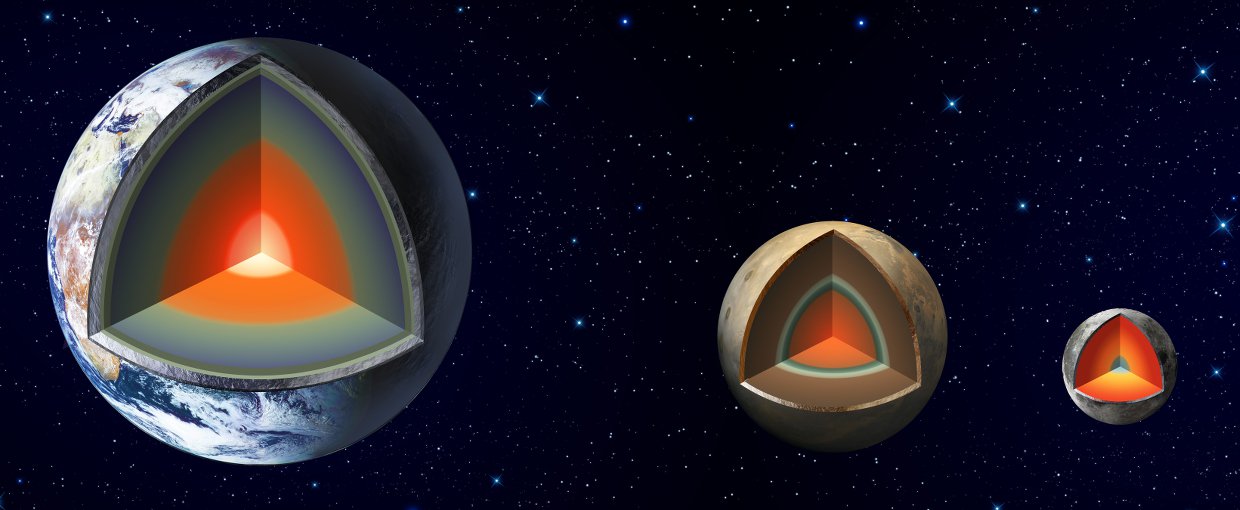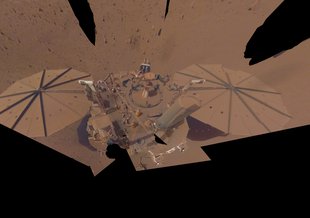- Launch Date May 05, 2018
- Arrival Date November 26, 2018
- End DateDecember 15, 2022
- Mission TypeLander/Rover
- TargetMars
Mission Overview
InSight is a NASA Discovery Program mission that has placed a single geophysical lander on Mars to study its deep interior. The mission is not just a Mars explorer, it will address one of the most fundamental issues of planetary and solar system science – understanding the processes that shaped the rocky planets of the inner solar system (including Earth) more than four billion years ago.
By using sophisticated geophysical instruments, InSight is delving deep beneath the surface of Mars, detecting the fingerprints of the processes of terrestrial planet formation, as well as measuring the planet’s “vital signs”: Its “pulse” (seismology), “temperature” (heat flow probe), and “reflexes” (precision tracking).
Relevance to Astrobiology
InSight seeks to answer one of science’s most fundamental questions: How did the terrestrial planets form? The formation and history of Mars itself is of great interest to astrobiology, and essential in understanding habitable environments on ancient Mars. Insight will also provide important information about the general principles behind terrestrial planet formation. This data is critical in understanding the history of our own solar system, as well as the diversity of terrestrial planets that could exist throughout the Universe.
NASA Astrobiology Involvement
The InSight mission will return valuable data for many elements of the NASA Astrobiology Program, and will feed into many areas of astrobiology research. Mars is a target of high interest for astrobiology, and the study of terrestrial planet formation is important in understanding the potential for habitable worlds around distant stars.

















